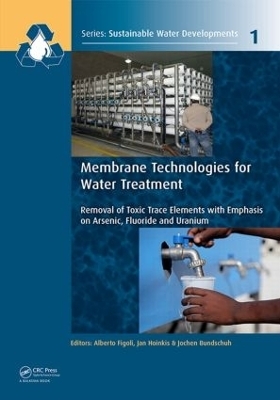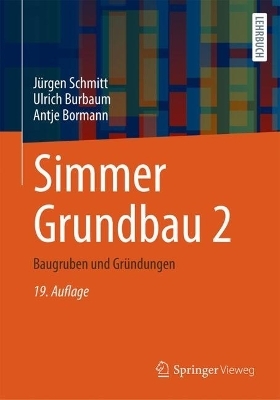
Membrane Technologies for Water Treatment
CRC Press (Verlag)
978-1-138-02720-6 (ISBN)
Born 1970 in La Spezia, Italy. Alberto Figoli got his PhD in Chemical Technologies at the Membrane Technology Group, University of Twente (The Netherlands), in 2001. Since 2001, he is working as permanent researcher at the Institute on Membrane Technology, ITM-CNR (Italy). He is expert in the field of membrane technology, particularly in membrane preparation and characterisation and membrane operations related to environmental issues. He attended more than 100 national and international conferences on membranes with oral and poster presentations and as chairman. He also presented lectures at courses on membrane operations as invited speaker. In 2006, he received the prize on Scientific Productivity "Food Packaging Research GSICA Awards", on the basis of the scientific work he carried out during the years on food packaging issues. He presented several book chapters on Membrane Preparation and Application and he is author of more than 60 scientific papers published in international journals and of a US patent on membrane technology application. Alberto is member of several associations that deal with membranes (EMS, GISCA) and is involved as scientific responsible for ITM-CNR in several national and international and Eurpean projects.
1: Introduction; 2: Bioadsorption materials and membranes for the treatment of toxic metal ions from water; 3: Bioadsorption materials and membranes for the treatment of toxic metal ions from water; 4: Arsenic removal by low pressure-driven membrane; 5: Nanofiltration (NF) novel membrane and process for removal of arsenic; 6: Removal of Fluoride and Uranium by nanofiltration; 7: The use of Reverse Osmosis (RO) for removal of arsenic, fluorine and uranium from drinking water; 8: Electro-membrane process for the treatment of toxic metal ions from water; 9: Supported liquid membrane technology in the removal and recovery of toxic ions from water; 10: Polymer Inclusion Membranes for the separation of uranium and arsenic from dilute aqueous solutions; 11: Liquid membrane separations of uranium; 12 Membrane Distillation (MD) for the treatment of waters contaminated by arsenic, fluoride and uranium; 13: Fate and removal of trace metals from urban wastewater by membrane bioreactors: pilot and full-scale experiences; 14: Contaminants removal by Forward Osmosis (FO) membranes
| Erscheint lt. Verlag | 2.3.2016 |
|---|---|
| Reihe/Serie | Sustainable Water Developments - Resources, Management, Treatment, Efficiency and Reuse |
| Verlagsort | London |
| Sprache | englisch |
| Maße | 174 x 246 mm |
| Gewicht | 1111 g |
| Themenwelt | Naturwissenschaften ► Geowissenschaften ► Geologie |
| Naturwissenschaften ► Geowissenschaften ► Hydrologie / Ozeanografie | |
| Technik ► Bauwesen | |
| Technik ► Elektrotechnik / Energietechnik | |
| Technik ► Umwelttechnik / Biotechnologie | |
| ISBN-10 | 1-138-02720-0 / 1138027200 |
| ISBN-13 | 978-1-138-02720-6 / 9781138027206 |
| Zustand | Neuware |
| Informationen gemäß Produktsicherheitsverordnung (GPSR) | |
| Haben Sie eine Frage zum Produkt? |
aus dem Bereich


